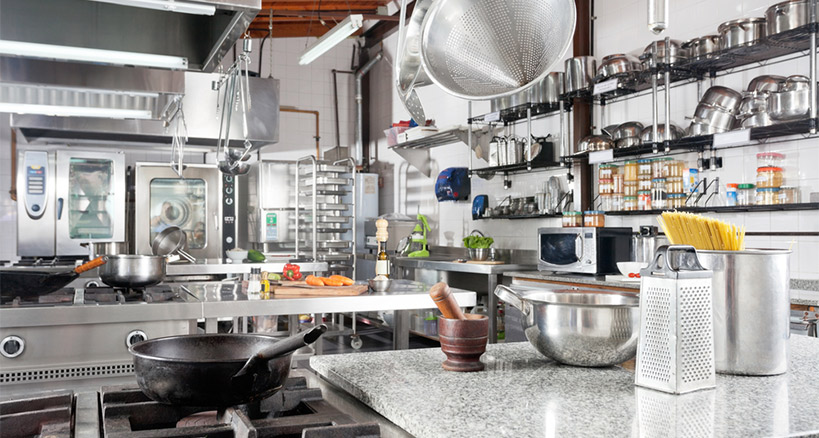
The Sergio Lopez Food Allergy Awareness Act is a Texas law that made Texas one of a handful of states requiring restaurants to post educational materials about food allergens, risks, symptoms of allergy attacks, and first aid. The Act became law several years after Sergio Alexander Lopez died from anaphylactic shock after eating a taco that contained peanuts. Lopez, a 24-year old music teacher with a peanut allergy, had confirmed with the restaurant several times that the taco was peanut free, but shortly after consuming it, he went into a coma and passed away a few days later.
The restaurant later defended themselves by explaining that Lopez had asked if the taco had peanuts, when it didn’t. It had peanut butter…
Continue reading Navigating Allergen Awareness in Your Restaurant








